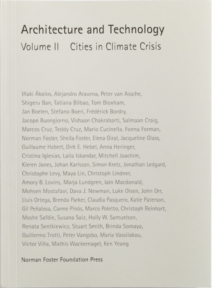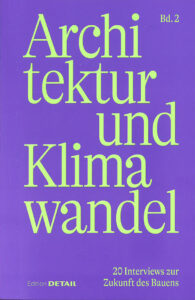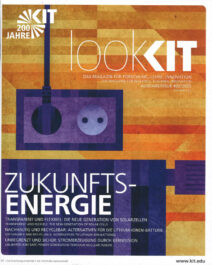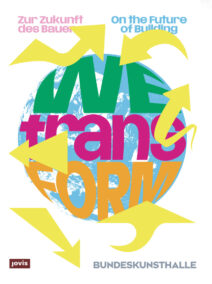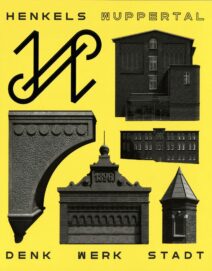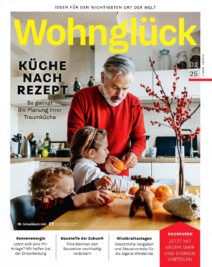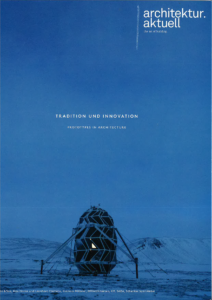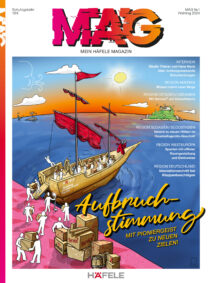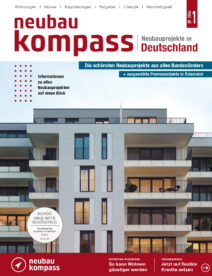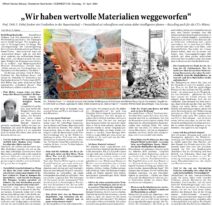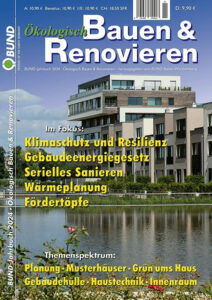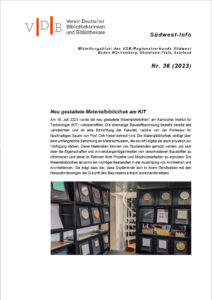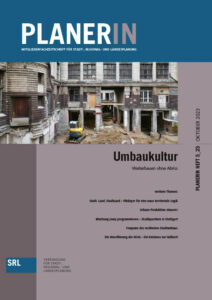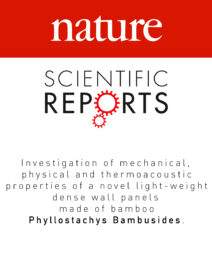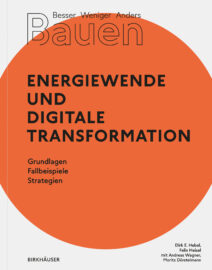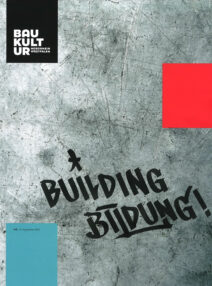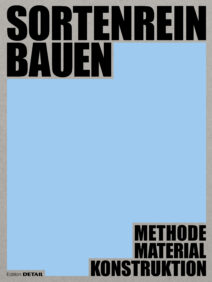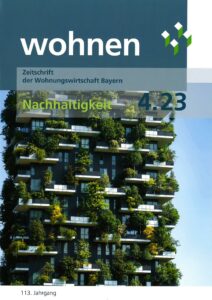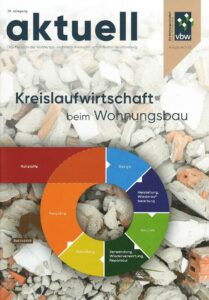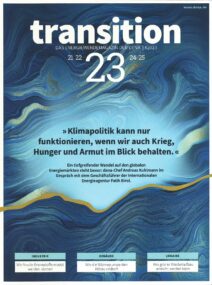Cities without High-Rises in FCL Magazine No. 2
The second issue of the FCL Magazine addresses the shifting character of contemporary cities, and examines what this has to say about the fortunes of future cities. Dirk E. Hebel and Felix Heisel contributed an article titled “Cities without High-Rises” in this recent publication, which can be found here.
ADDIS 2050 is a so-called ‘synergy project’ at the Future Cities Laboratory in Singapore. It combines the collective activities and collaborations within FCL and African partners over the last few years in Ethiopia, especially in its capital Addis Ababa. The title ADDIS 2050 is derived from an international conference in November 2012, where FCL, together with our partner, the Ethiopian Institute of Architecture, Building Construction and City Development EiABC, developed a vision for the city of Addis Ababa as well as the Ethiopian nation state at large. The research work conducted could be classified in three different scales applying similar tools and methodologies: UNIT, CITY and NATION. The UNIT scale deals with the question of construction materials and methods.
Ethiopia will be confronted with a population increase of 45 million people over the next 15 years, along with increased
demand for basic needs like food, water, safety, and shelter. Given this challenge, the project asks for appropriate modes of 21st century urbanisation, rather than relying on out-dated models from the developed world or following luxury trends from the Arabian peninsula. The CITY scale discusses the future development of the city of Addis Ababa. Here, questions of urban design, infrastructure, production, and invention are
on the foreground of investigation, while the NATION scale focuses mostly on future energy concepts for Ethiopia at large.
The article at hand deals with the medium scale and future development of Ethiopia’s capital. It is an attempt to show alternative possibilities towards the dominating argument for high-rise buildings in Addis Ababa.

